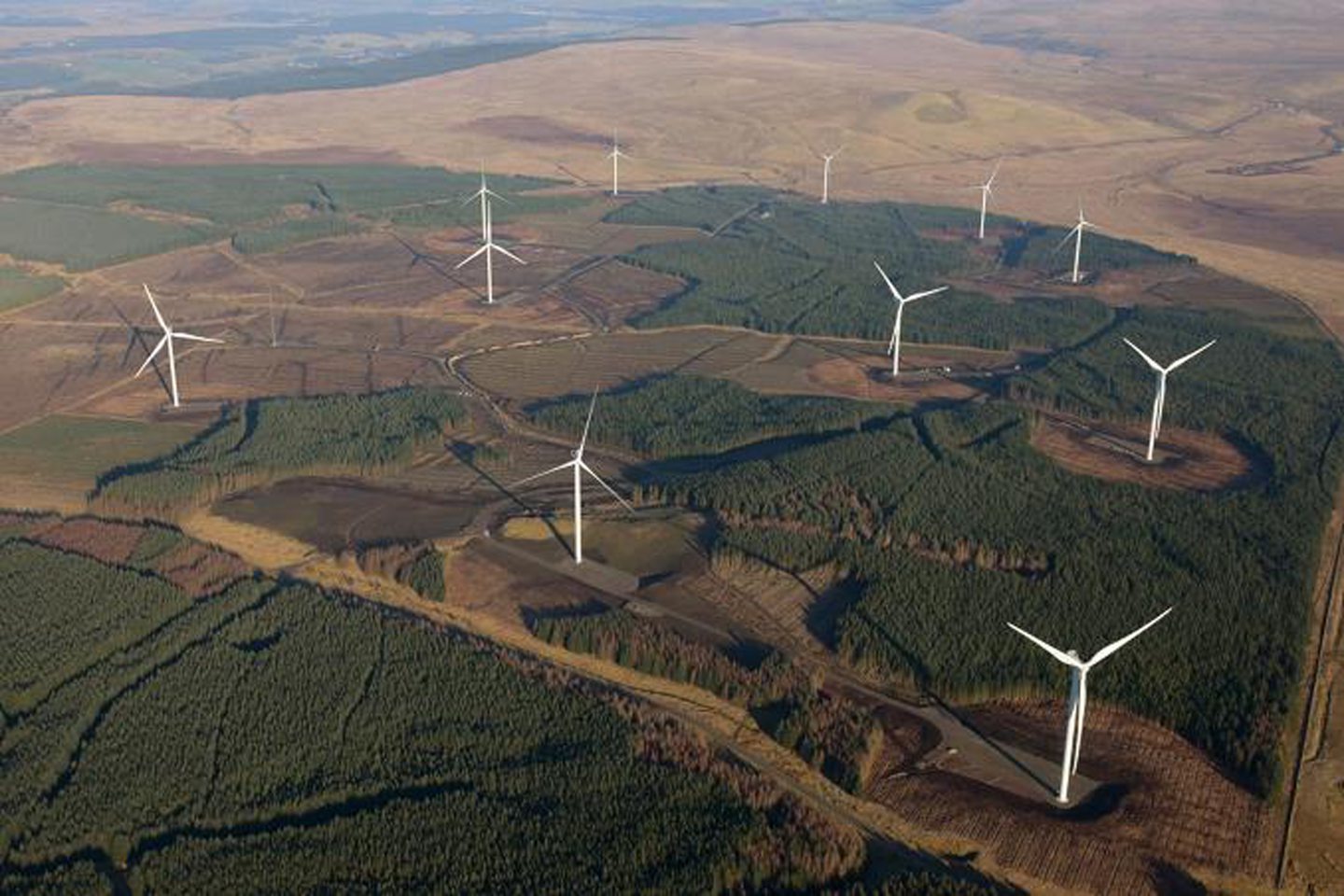 © SSE Renewables
© SSE Renewables Scotland could benefit from the lowest power prices in Europe if plans to introduce zonal pricing reforms go ahead, according to a study.
However, the ClimateXChange and University of Edinburgh study also found the potential reforms, launched under the previous Conservative government, could threaten Scottish renewables deployment.
This, in turn, could present challenges for ambitions to decarbonise the British electricity grid, which relies on the deployment of significant renewables capacity in Scotland.
The study assesses the potential overall impact of introducing zonal, or locational marginal pricing (LMP), reforms.
The reforms would establish regional electricity prices based on supply and demand, a system used in Australia, Italy, Sweden, Norway and Denmark.
Under the changes, Scottish power consumers would benefit from lower wholesale electricity prices due to the abundance of local renewable generation.
However, LMP could discourage investment in new renewable projects due to increased project risks and lower potential revenue for developers.
The report recommends the Scottish government work with the UK government to develop a strategic plan for both renewable energy and network investment.
It also said reforms to support mechanisms for renewables projects, such as the Contracts for Difference (CfD) scheme, might be needed to mitigate the risks associated with LMP.
Electricity market reform benefits
According to the study, introducing LMP could incentivise investment in flexible energy assets like battery storage.
LMP would also see improvements to the use of interconnector cables to other countries.
Lower electricity costs could also attract new power intensive industries such as data centres or green steel, and make green hydrogen projects more attractive to investors.
Hydrogen produced in northern Scotland “could have some of the lowest costs in Europe”, the study said.
Modelling showed the earlier these reforms are implemented, the greater the potential benefits as networks are reformed and become less constrained from 2035 onwards.
However, National Grid ESO suggests it will take four to eight years to implement LMP, limiting the potential benefits.
Additionally, the study found that even if LMP is introduced successfully it “would not significantly affect the pace of decarbonisation of the electricity system”.
“In fact, implementation of LMP without appropriate accompanying mitigations could risk UK decarbonisation efforts through a hiatus in renewable generation investment.
“The main benefit of LMP is that it could reduce the cost of decarbonisation, especially in Scotland, where the price of electricity could decrease the most.”
While prices could fall significantly in Scotland, areas in the south of England would likely see electricity costs increase.
Challenges to overcome
Introducing LMP could lead to a decrease in offshore wind and solar capacity in Scotland, with developers lured further south by the promise of higher revenue.
According to a 2023 report by FTI Consulting, this could lead to a 5.8 GW reduction in offshore wind capacity across Scotland as developers target the Humber and East Anglia instead.
However, FTI found northern Scotland could see an increase in onshore wind and battery storage capacity.
Delays in upgrading the electricity transmission network could also exacerbate the decline in renewable energy investment in Scotland.
Alongside recommendations for the Scottish and UK governments to collaborate on a long-term strategic plan, the ClimateXChange study recommended wider support mechanisms to promote new demand sectors to ensure Scotland can fully benefit from LMP.
It also recommended alternative reforms, such as extending the Local Constraint Market, as an interim measure.
Scottish renewable sector concerns
The study echoes the concerns of Scottish Renewables chief executive Claire Mack, who has warned of the potential impacts of zonal pricing reforms.
Mack said zonal pricing poses a “threat to investment and our ability to deliver cheaper bills for consumers as part of a successful clean energy transition”.
“The next decade is crucial for the UK Government’s 2035 decarbonisation target, and Scotland’s renewable energy industry is already working at pace to deliver a huge pipeline of projects,” she said.
“However, a stable and predictable policy environment must be prioritised to secure the scale of investment required to realise this potential.”
Firms including SSE and ScottishPower have also raised concerns about zonal pricing, as has manufacturing industry body Make UK.
However the concept has gained support from some Scottish politicians, and not all energy firms are opposed.
Octopus Energy is among the strongest advocates for the introduction of zonal reforms, with chief executive Greg Jackson regularly talking up the benefits for Scotland.
The head of its generation arm, Zoisa North-Bond, has also recently spoken of the benefits for Wales.
“If Britain reformed our energy market to reflect prices locally with zonal pricing, Welsh people could see lower bills as a direct result of wind farms in their area,” North-Bond said.
The new Labour government has yet to outline its plans, with the Department for Energy Security and Net Zero currently reviewing submissions from a recent consultation period.



